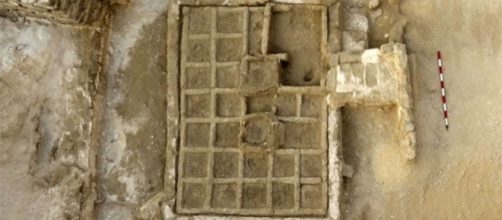For the past 16 years, archaeological excavations having been taking place in Luxor, Egypt on Dra Abu el-Naga hill. The Djehuty Project at the site is being headed by the Spanish National Research Council (CSIC). Jose Manuel Galan, a research professor at CSIC, is the leader of the Djehuty project. This is the archaeological group who just made a historical finding in Egypt.
What is this new discovery?
The Djehuty Project discovered a 4,000-year-old funerary garden, the first such garden to ever be found from ancient Egypt. The funerary garden dates back to a period when Luxor, then known as Thebes, was designated for the first time as the capital city of the united kingdom of Lower and Upper Egypt.
Ironically enough, archaeologists knew about these funerary gardens indirectly through the ancient Egyptians. Illustrations of these gardens appear on the entrances to tombs and on walls inside of tombs. They showed where ancient Egyptians wanted their funerals to be. Archaeologists have never found actual evidence of such a place outside of what they had learned from Egyptian iconography before this discovery.
The funerary garden at Luxor was a rectangular area elevated 50 centimeters (1.64 feet) off the ground. The area was divided up into 30 square centimeter (4.65 square inch) squares. There were also two trees that would have been planted next to the garden.
What this discovery could mean for archaeologists
The funerary garden will give archaeologists valuable information on ancient Egypt once it is able to be fully analyzed. It will be able to give them important information about the botany and environmental conditions of ancient Luxor from 4,000 years ago.
The area will also hopefully be able to give more insight into details about religious practices and beliefs in ancient Luxor.
This is due to the symbolic meaning the funerary garden would have had for ancient Egyptians and the important role it may have had in funerary rites. Hopefully, all of this together can give archaeologists a better overall insight into Luxor at the time of the Twelfth Dynasty.
Egypt has been a recent hotbed of discovery
Out in the ancient and timeless deserts of Egypt, archaeologists have made a rash of discoveries in recent months.
Towards the end of March, they discovered a previously unopened 4,000-year-old tomb in Qubbet el-Hawa. About a week after that they found the remains of a new pyramid in the Dahshur royal necropolis, located just south of the capital city of Cairo.


